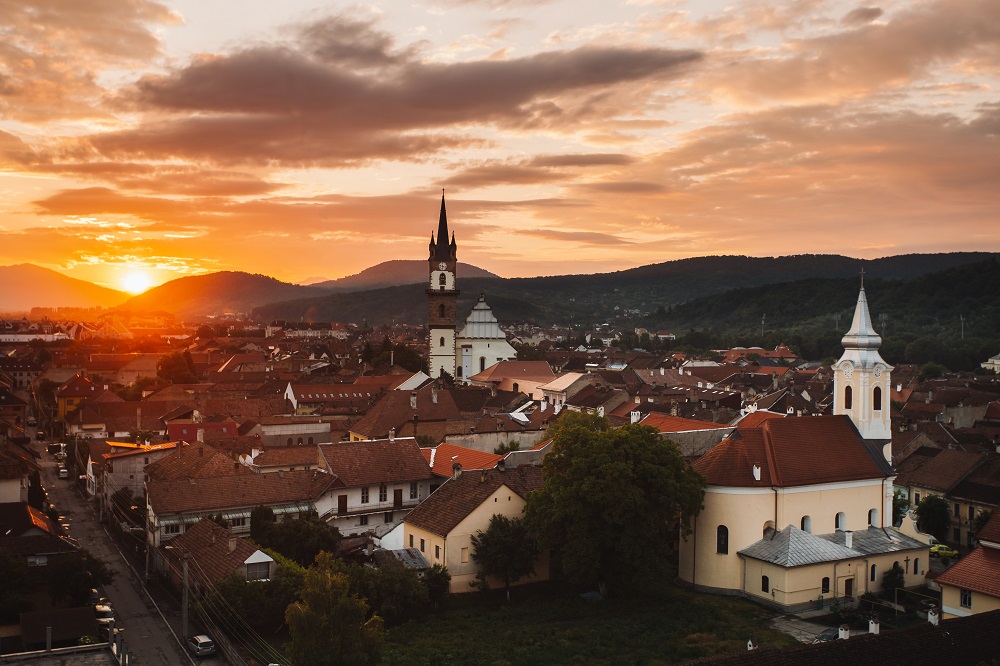City of Bistrita
City of Bistrita - the most fortified northern German city in Transylvania
Located at the foot of the Bargau Mountains, a short distance from the Tihuta Pass, Bistrita is the residence of the county of Bistrita-Nasaud and also the largest city in the area. In addition to the large area and the economic and cultural importance it has especially in the county of belonging, Bistrita is also known for its origins. Being among the oldest settlements in Transylvania, Bistrita is proud of its past strewn with all kinds of events that have changed the course of the history of this settlement and beyond.
The first people to reach these lands on which Bistrita extends today were the Saxons, who at the beginning of the thirteenth century were rewarded with lands and other benefits to defend the borders of Transylvania. The Saxons successfully contributed to the flourishing of this small settlement, which later became one of the most important commercial points in the area. The medieval settlement that today bears the name of Bistrita was one of the most beautiful and appreciated in ancient times, but this aspect has not changed even today.
What can you visit one day in Bistrita?
- Torre delle Dogane - the remains of the fortress built in the 13th century in the German settlement can also be seen today in some parts of the city. Of the 18 towers that the fortress was equipped with, only one remained standing and that is the Torre delle Dogane. The construction on three levels was built between 1465 and 1545 and represents one of the most precious treasures of the city. Today it houses the Gallery of masks and dolls.
- The Orthodox Church from Unirii Square - combining two completely different and elegant styles, the Orthodox Church from Unirii Square is a true work of art. The original construction was built in the 13th century in the Gothic style, but the interior was subsequently restored in the Baroque style. The two styles formed an interesting mix that is worth admiring.
- The Sugatele string - Located in the north of the central market, the Sugatele string consists of about 13 houses built between the 14th and 15th centuries that belonged to the merchants of the time. The exterior beauty of these houses has been preserved to this day and can be admired by any visitor to the city, but the specific interior and courtyards of those times do not exist today. In addition to their beauty, the houses of the Sugatele range are also known for the fact that they were the first houses built on two levels in Bistrita.
- The Silver house - The building erected in the 15th century received its name after hosting the home of the city's most famous jeweler. The house is itself a work of art, its facade is one of the most renowned Renaissance works by the artist Petrus Italus from Lugano.
If Romania is on your holiday list, don't miss the Soca Tour offers and we guarantee that you will make the best choice! You can see Transylvania, Moldova and other beautiful areas of Romania together with specialized guides who speak English.
Details at contact@socatour.ro or reservations@socatour.ro




